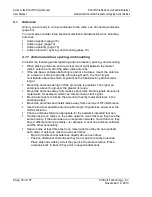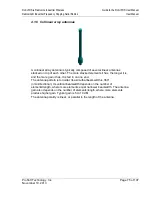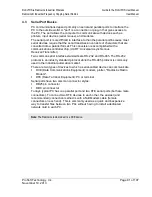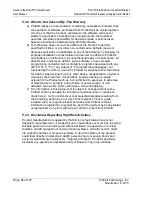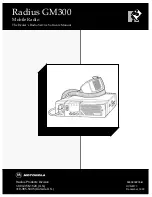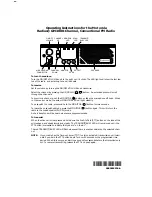
RLX-IFHS ♦ RadioLinx Industrial Wireless
Guide to the RLX-IFHS User Manual
RadioLinx® Industrial Frequency Hopping Serial Radios
User Manual
ProSoft Technology, Inc.
Page 81 of 107
November 19, 2013
4.3
Serial Port Basics
PC communications depend primarily on serial and parallel ports to interface the
PC to the outside world. A "port" is a connection or plug-in that gives access to
the PC. The port allows the computer to communicate with devices such as
printers, input devices (serial mouse), and modems.
The serial port is more difficult to interface to than the parallel port because most
serial devices require that the serial transmission consists of characters that are
converted into a parallel format. This conversion is accomplished with a
communications controller chip, (UART: Universal Asynchronous
Receiver/Transmitter).
Two common serial interface standards are RS-232 and RS-485. The RS-232
protocol is an industry standard protocol while the RS-485 protocol is commonly
used in the industrial automation market.
There are two types of devices to which a serial-cabled device can communicate:
DCE (Data Communications Equipment): modem, plotter, "RadioLinx Radio
Modem".
DTE (Data Terminal Equipment): PC or terminal
Serial ports have two common connector styles:
DB25 pin connector
DB 9 pin connector
Today’s typical PC has one parallel port and two DTE serial ports (both are male
connectors). To connect two DTE devices to each other, the easiest (and
recommended) connection method is with a Null Modem cable (female
connectors on each end). This is commonly used as a quick and inexpensive
way to transfer files between two PCs without having to install a dedicated
network card in each PC.
Note:
The RadioLinx radio modem is a DCE device.
Summary of Contents for RadioLinx RLX-IFHS
Page 6: ......






